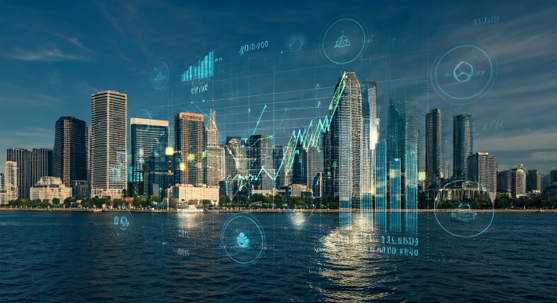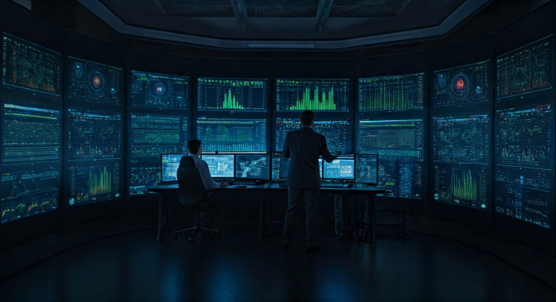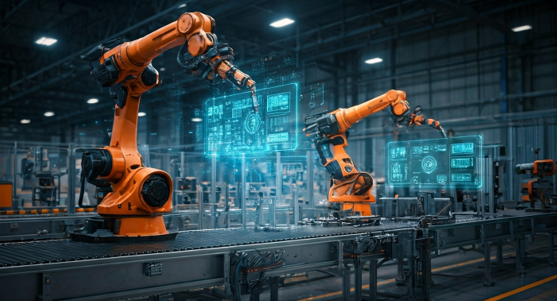Energy Data Management
Energy Data Management
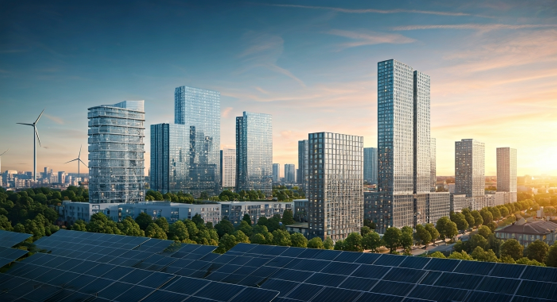
Key Highlights
- Find out why energy management matters and how energy efficiency can help us meet our sustainability goals.
- See what it means to optimize energy consumption by using analytics and following regulatory compliance rules.
- Learn how better energy usage gives homes and businesses more ways to save money and to be more efficient and sustainable.
- See some practical ways to make your energy consumption better, by keeping an eye on KPIs and looking at the scalability of what you do.
- Look at how smart technology and automation help with energy management, bringing more transparency and making EDM systems work better.
- Learn why the right habits and best practices
- help with energy efficiency, both at home and at work.
Introduction
Energy management is a key part of getting better at energy efficiency and working toward sustainability. As the cost of energy goes up and the environment faces more harm, people and businesses need to find smarter ways to lower how much energy they use. By using better tools and careful planning, you can match your energy workflows to fit with your sustainability goals and still keep your costs under control. Optimizing energy usage means more than just cutting back. It is about making sure you use resources the right way for both long-term efficiency and to take care of the environment.
Understanding Energy Optimization
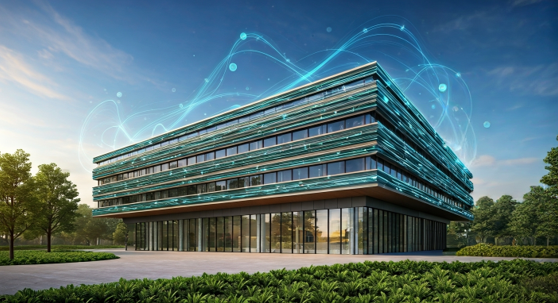
The energy industry is seeing costs go up. There are, also, more worries about the environment. Because of this, many people and companies now look for ways to cut energy usage. To do this well, it is important to follow best practices. Energy optimization means more than just watching how much energy is used. It is also about looking at the quality of energy use by using advanced systems.
With tools such as Energy Data Management Software (EDMS), organisations get deep insights and real-time analytics. These tools help people in charge to keep an eye on operations, raise performance, and stop wasteful habits. This is why energy optimization is now a must-do in the energy industry, not just a nice-to-have. Good data management and the use of energy data help all of us make better choices.
What Does Optimizing Energy Use Mean?
Optimizing energy use means making the most out of energy by using analytics and new technology. It starts with collecting the right data, but you do not have to do it by hand. You can use automated systems like EDMS for this. Real-time reports help stop waste and also help your business meet its sustainability goals.
This way does more than just improve energy efficiency. It also makes sure your company follows rules like ISO 50001. Today, following environment laws is important if you want to save money and help nature. By fixing the way your team handles energy workflows, you also make it easier for your business to do well in the long run.
Also, energy optimization helps people and companies watch their biggest uses of power. It helps make plans to cut down how much energy you use when need is highest, and it spreads out usage over time. These changes make a big difference in reducing harm to the planet. Using more focused analytics for energy consumption helps both homes and businesses and gives a better return for everyone involved.
Key Benefits of Energy Efficiency for Homes and Businesses
Energy efficiency helps people and companies use less energy in their homes and businesses. It be good for the environment, helps save money, and makes sure we are not wasting energy. Efficiency can also help you meet rules you need to follow.
- Enhanced Sustainability: Energy efficiency lowers the amount of carbon made. This helps to meet ESG goals.
- Energy Cost Reductions: Watching how you use energy stops waste and saves money.
- Improved Data Security: Using data and automation keeps information safe and gives you real-time updates.
- Long-term Performance: These solutions can grow with your business, making it easy to keep up as things change.
- Compliance Standards: Good energy use makes workflows follow rules you need to meet.
When you use energy efficiency every day, you reach your important KPIs and get steady, lasting results. People and companies save money, too. Scalability makes it easy to keep up with new needs and rules, as the world focuses more on protecting resources and energy usage.
Practical Strategies to Optimize Energy Consumption
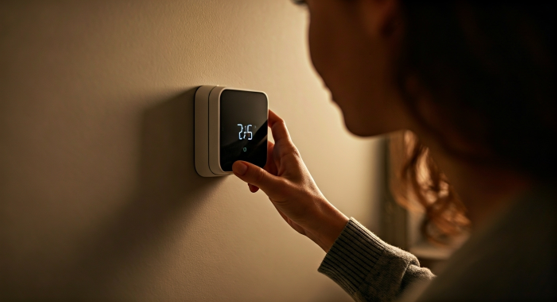
Using proactive steps to manage energy consumption means you need good KPIs and plans that can grow with the company. First, bring in tools like EDMS. These can help watch data across the parts of your business that use a lot of energy. When you look at energy baselines and KPIs in detail, you can then find areas to fix and make changes that matter.
Next, set up systems to run on their own. This gives you real-time updates about your energy use. Set clear goals you can measure, and keep checking on them. This helps be sure you use your resources well. If you add the right tech and plan your workflows, you get better results for the earth and more scalability for your team. Automation is a big part of this, as it helps make things run smoother and lets your business grow more easily.
Smart Technology and Automation for Energy Management
Smart technology changes energy management by mixing automation with Fix1 scalable solutions. It helps show clear information across all workflows. With real-time analysis systems like EDM dashboards, a business can use resources better.
| Focus Area | Implementation Details |
|---|---|
| Real-Time Analytics | Devices keep track of electricity and CO2 use. |
| Automation Benefits | EDM systems spot wasted energy and help fix it. |
| Sustainability Goals | Sustainability Goals Transparent data helps with regulatory compliance efforts. |
Automation in systems such as zenon brings old and new machines together to make one clear energy profile. This gives the business transparency in its work and helps make better choices based on strong analytics. It also helps to follow regulatory compliance and reach sustainability targets in workflows.
Behavioral Changes That Drive Efficiency
Driving efficiency starts when you use best practices and make changes to how you behave. Energy analyses show that even small changes in the way you use energy can make a big difference.
- Switch to Energy-Efficient Devices: Replace old systems with options that use less power.
- Monitor Daily Usage: Check your daily use to see where you can stop waste.
- Upgrade Data Collection Practices: Use tools that collect data for you instead of doing manual data entry.
- Set Green Goals: Make sure your work matches up with clear, measurable sustainability goals.
The best results come when you mix personal changes with bigger system changes. Keep looking at your data so you know what is happening in real time. Use strong methods, follow best practices, and focus on key changes to help you secure your sustainability goals.
Conclusion
Optimizing how you use energy is more than trying to cut down on bills. It is about building a better world for all of us. When you learn the main rules of energy optimization and start using simple tips, you can lower how much energy you use at home or in the office. This can make everything work better. Use smart technologies, change some habits, and keep up with the best practices. Doing these things will help you control your energy consumption.
Every small step you take makes a difference. Together, we can help the world become greener. If you want to make a good change, you can get a free consultation on the best ways to optimize energy consumption in your space.
Frequently Asked Questions
How can I start optimizing energy use at home?
Start by using energy-efficient devices. Track how much energy you use with analytics tools. Try to follow the best practices for energy management every day. Automated data collection systems can help you see how you use energy. These tools also show where you can do better by changing some of your daily habits.
What are the best tools to monitor energy consumption?
EnergyCAP SmartAnalytics and other platforms make tracking easy by using real-time data collection. You can see everything in one place with simple dashboards and clear KPIs. These tools bring all your numbers together for better transparency. They also use analytics to look ahead, so you can get the most out of your energy and save money.
How does optimizing energy use save money?
Businesses use energy management software to look at historical data. This way, they can find where energy is being wasted. When they change how things are done and choose better tariffs, they use less energy and save money. It also lets them grow in the future and keep saving more money over time.
Are there government incentives for improving energy efficiency in the United States?
Yes, U.S. businesses can get some incentives if they follow certain efficiency standards, like those in ISO 50001. When companies meet these sustainability rules, they may be able to get help or subsidies. This often includes support for data security and for ways to help the environment.
What common mistakes should I avoid when trying to reduce energy use?
Do not use manual data entry or skip doing energy analyses. If you just work with simple workflows and do not use best practices, you can miss ways to get better. Use automated tools to watch over and fix your methods so they be more right.

